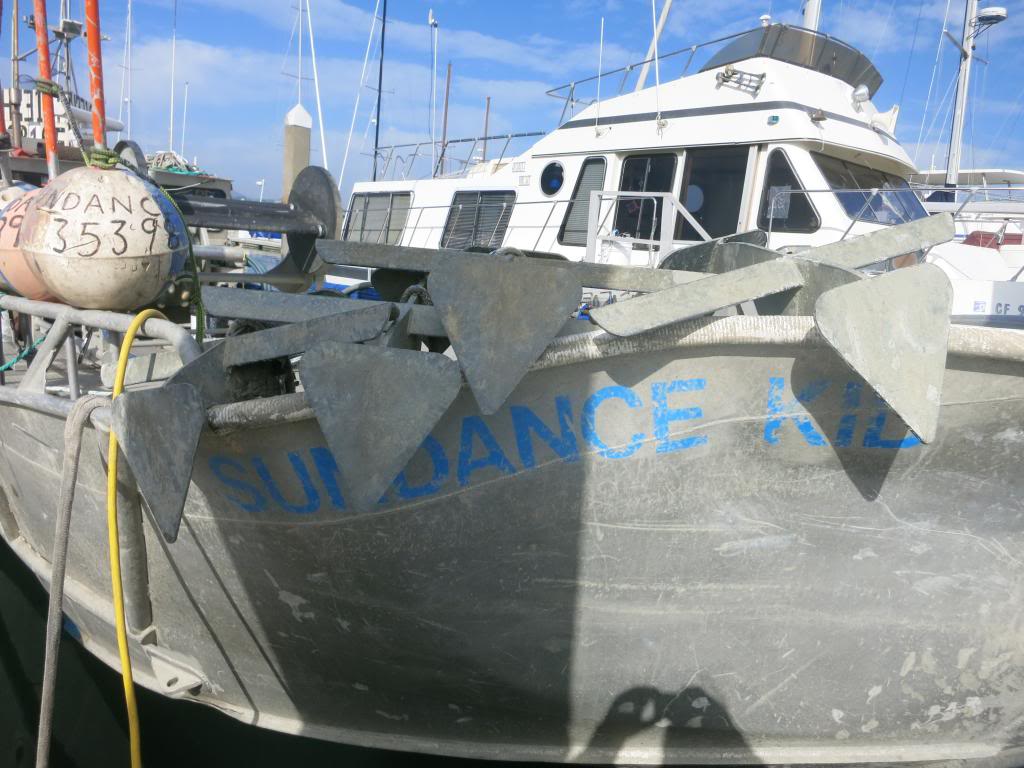Ron,
Very good point.
Look at several to many anchor manufacturers charts and I'll bet there will be considerable difference. Of course there's a considerable difference in the holding power of some to many anchors.
Good extreme example would be a Navy anchor and a Fortress. Huge difference in weight v/s holding power. But there are certain bottoms that the high performance anchor does not do well in but the big fat Navy anchor probably sets and otherwise works anywhere anytime on any bottom any anchor could possibly perform on.
Most all the time pleasure boats anchor in benign conditions and the only thing tested is setting ability. Often I've said "just give me an anchor that sets all the time". That should take care of 97% of anchoring situations. Some people have the Fortress and I have my modified XYZ for the storms. When we went to Alaska in 03 we used a Bruce and It performed very well. Didn't want to set right away a couple of times but did'nt require re dropping or positioning. Held fast in all weather ....... But I don't remember any wind over 10 knots in the evening on that whole trip. They said it was the best summer weather SE AK had experienced in 50 years.
But back on topic what anchor you have should be determined by what sets well, veers well, limitations like scope tolerance and resistance to being damaged down there being dragged over rocks and over logs. And a few other things like how well it fits on the bow. Then the size should be considered and as Ron said or implied that's not as cut and dry as looking at the manufacturers recommendation. And anchor weight, one anchor to another isn't what you're after but a level of performance. We can look at anchor tests but they vary more than anchor manufacturers weight recommendations. I think the Rocna is an excellent anchor but I have an anchor test that presents a poor performance by the Rocna.
A lot of experience is great as you get a good sense of what works and what doesn't but you may anchor for years in a way that another may rarely encounter. TF is great in that we hear of anchoring experiences by others that don't exactly add to your experience but one's scope and range of possibilities is expanded.
There's a boat in our yard that uses a Navy anchor and he regularly goes north to Akaska. His Navy isn't that large either. Almost all anchors work reasonably well. The CQR has seen some bad press here lately but many many skippers depend on them the world around. If you're the kind of boater that is driven to sport only the very latest state of the art highest performing things available the world over then an Ultra, Rocna, Supreme or Fortress will be your anchor irregardless of it's short comings just to be seen w the best. But any anchor is just another anchor plus it's edge over other anchors. But you usually get what sells well over time and what costs more. Usually.
HaHa ... Basically I just used a LOT of words to say the same thing Ron said in very few words.


